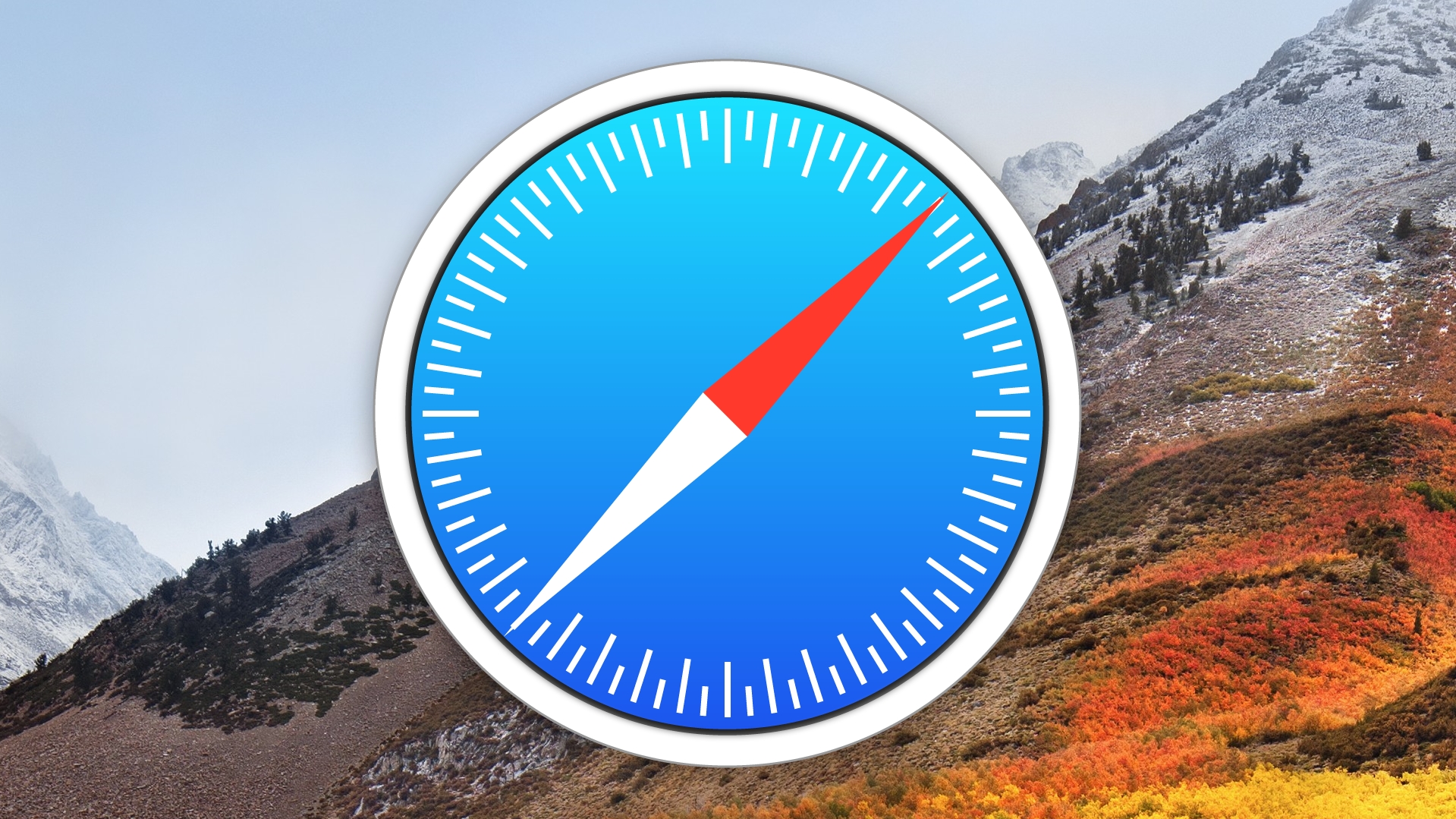Safari follows Chrome's lead and begins warning users about unsecure sites
New feature being trialled in Apple browser

Google has been trying to make the internet more secure for quite some time now. In July this year, the search giant began adding a warning on Chrome for users who land on sites that aren’t using the HTTPS protocol. Apple is now following suit and is trialling the same feature on its Safari web browser.
On Chrome, if a user arrives at a page using the unsecure HTTP protocol, or any other site not using the HTTPS form of secure encryption, the padlock in the URL bar will be replaced with a message that reads: “not secure”.
Apple is currently trialling the warning feature in Safari Technology Preview, version 70 – the browser the tech giant uses to test features before a stable public rollout. According to the release notes, the build will display “a warning in the Smart Search field when loading non-secure pages”.
Why so secure?
It has long been Google’s mission to convert all websites to the HTTPS protocol (the “S” stands for “secure”) as it offers a level of encryption that protects both the user and the web host from middle-men being able to tamper with either the site or the user’s data.
The encryption used for HTTPS effectively scrambles the data being sent between the two parties in order to obfuscate it in the face of hackers or other potential eavesdroppers.
While the warning is a good reminder for users not to enter any sensitive information (credit card details, for example) into unsecured sites, the primary intention behind the labelling is to encourage more web developers and hosts to move to the secure protocol and normalize online encryption.
Back in February, Google said that 81 out of the top 100 websites were using HTTPS, and that 78% of all Chrome OS and Mac traffic, and 68% of Windows and Android traffic was landing on secure pages.
Get daily insight, inspiration and deals in your inbox
Sign up for breaking news, reviews, opinion, top tech deals, and more.
